Pine Needles
garf_gw
13 years ago
Featured Answer
Sort by:Oldest
Comments (20)
gtippitt
13 years agolast modified: 9 years agojojosplants
13 years agolast modified: 9 years agoRelated Professionals
Glen Ellyn Landscape Architects & Landscape Designers · Jennings Landscape Architects & Landscape Designers · New Cassel Landscape Contractors · Round Lake Landscape Contractors · Maplewood Landscape Contractors · Saratoga Springs Solar Energy Systems · Arroyo Grande Window Contractors · Estero Window Contractors · Homestead Window Contractors · Meadow Woods Window Contractors · Revere Window Contractors · Merriam Window Contractors · Hawaiian Gardens Fence Contractors · Silver Spring Fence Contractors · Waunakee Fence Contractorstapla (mid-Michigan, USDA z5b-6a)
13 years agolast modified: 9 years agoemgardener
13 years agolast modified: 9 years agogarf_gw
13 years agolast modified: 9 years agogtippitt
13 years agolast modified: 9 years agojane__ny
13 years agolast modified: 9 years agogarf_gw
13 years agolast modified: 9 years agogreenman28 NorCal 7b/8a
13 years agolast modified: 9 years agojane__ny
13 years agolast modified: 9 years agomeyermike_1micha
13 years agolast modified: 9 years agogreenman28 NorCal 7b/8a
13 years agolast modified: 9 years agomeyermike_1micha
13 years agolast modified: 9 years agojojosplants
13 years agolast modified: 9 years agotapla (mid-Michigan, USDA z5b-6a)
13 years agolast modified: 9 years agogarf_gw
13 years agolast modified: 9 years agojane__ny
13 years agolast modified: 9 years agorhizo_1 (North AL) zone 7
13 years agolast modified: 9 years agojane__ny
13 years agolast modified: 9 years ago
Related Stories
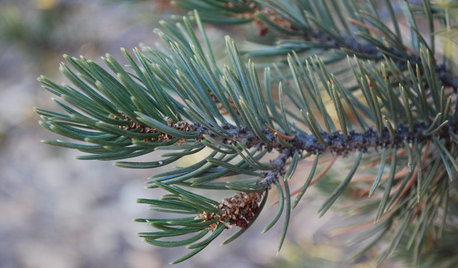
TREESGreat Design Plant: Pinyon Pine
You might just go nuts for this tough evergreen native to the Western U.S.
Full Story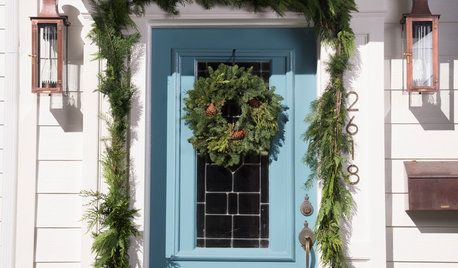
CHRISTMASQuick and Easy Christmas Decor With Greens, Wreaths and Pine Cones
When you're short on time, focus on the basics to make your house festive and fragrant
Full Story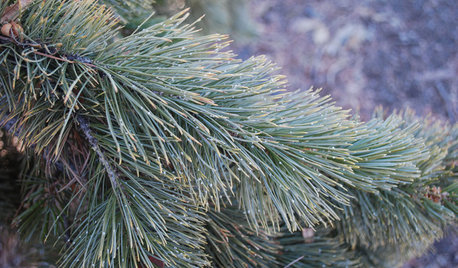
GARDENING GUIDESGreat Design Plant: Rocky Mountain Bristlecone Pine
Try this drought-tolerant small evergreen for its sculptural beauty and slow-growing nature
Full Story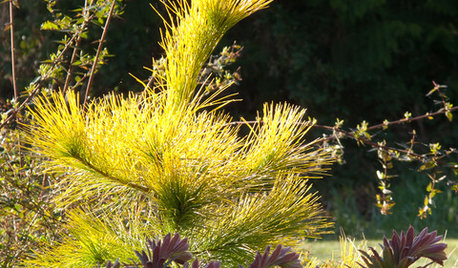
GARDENING GUIDESGreat Design Plant: Louie Eastern White Pine
This stunning golden conifer will bring a smile to your face and add a ray of sunshine to your winter garden
Full Story
DECORATING GUIDESHoliday Decor Goes Fresh and Rustic
Heavenly scented pine branches and other decorations courtesy of the outdoors make for naturally lovely displays
Full Story
CRAFTS20 Ways to Organize Your Craft Space
Tired of looking for a needle in a haystack? Giving tools and supplies a proper place steps up productivity and cuts down on frustration
Full Story
GARDENING GUIDESPacific Northwest Gardener: What to Do in June
Now's the time to prune pines and vines, prevent pests and buy June-blooming plants to keep your garden healthy and beautiful
Full Story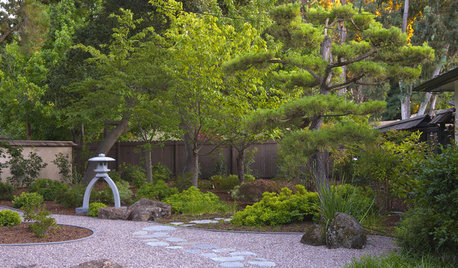
GARDENING GUIDESGreat Design Plant: Pinus Thunbergii ‘Thunderhead’
Thunderhead pine adds year-round strength and structure to the garden
Full Story
GARDENING GUIDESGet on a Composting Kick (Hello, Free Fertilizer!)
Quit shelling out for pricey substitutes that aren’t even as good. Here’s how to give your soil the best while lightening your trash load
Full Story
GARDENING GUIDESNew Ways to Think About All That Mulch in the Garden
Before you go making a mountain out of a mulch hill, learn the facts about what your plants and soil really want
Full StoryMore Discussions








gtippitt